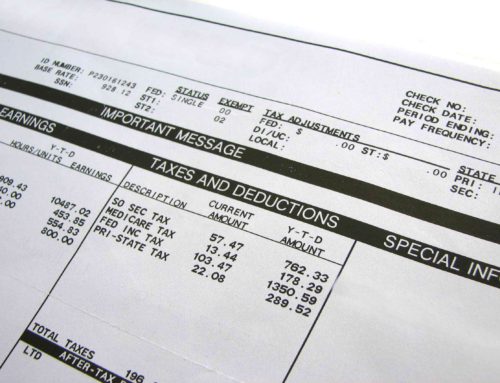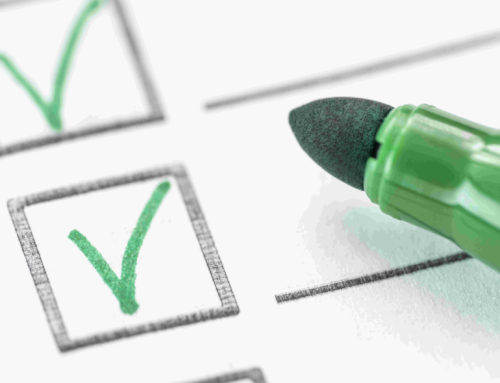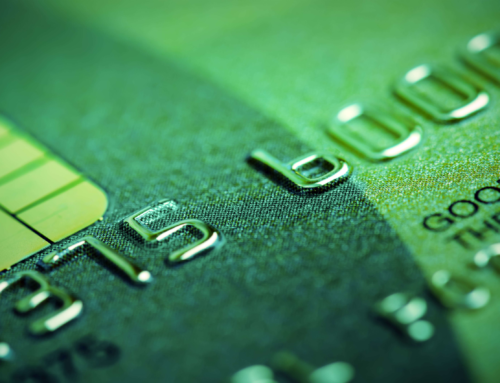New year new you, right? Or maybe just a better you. That’s what I’m shooting for. Just a little improvement. We often set unrealistic goals at the beginning of a new year and then quit once we convince ourselves the goal is unattainable. This usually happens somewhere between January 6th and January 23rd. And then instead of resetting, we say, “Welp, I’ll just try again next year.”
Not this time. Here are 3 simple things you can do to get your money looking right for the new year and beyond.
Since this year is starting from the beginning, I’m also writing this post from the perspective of a financial beginning. Many of us are struggling with where to start. I was once there so I have complete empathy. For my beginners on this financial independence journey, this post’s for you. If you’re farther along on your journey and feel like this is too elementary for you, share this with someone who might find it helpful.
Before getting to the list, let me quickly reiterate that the goal isn’t necessarily THE goal. The real goal is improvement. Are you faster, stronger, wiser, wealthier, happier, etc.…than you were before you started working at it? Then guess what. You’re winning! And now you have a new baseline from which to get even better. With that in mind, let’s look at task #1 to help get your money right for 2022.
Task #1 – Track Your Spending
I can’t stress the importance of this enough. To paraphrase Lewis Carroll, author of Alice in Wonderland,
“If you don’t know where you’re going, any road will get you there.”
If you’re looking to build wealth, you need to first understand what’s coming in and, more importantly, what’s going out. There are lots of online tools and apps that can help you do this and that will connect directly to your checking, savings and other financial accounts. That road is fine if you’re so inclined, but I prefer the relative simplicity and the overall control of a spreadsheet. In fact, for the past 10 years, I’ve been using some form of this spreadsheet that I created to track our household income and spending. It’s really easy to use. Simply make a copy of the spreadsheet and save it in your own Google Drive. Update any of the bill names in column A and any of the savings buckets in column B to match your situation. Column C is for entering the actual dollar amounts for the expenses and the savings. Feel free to start by using round numbers here vs. tracking down to the penny as that can be overwhelming at first. Columns D, E, and F are just for personal tracking for any notes you want to add or to flag whether a payment is scheduled or complete. The fields in green are calculated so you don’t need to update those. Those will update automatically.
The idea behind this spreadsheet is to help you clearly see how much is coming in, how much is going out and how much is left over. Mrs. Money Whys Guy and I both get paid from our W2 jobs (business income is tracked separately) every other week so I’ve broken the spreadsheet out into tabs for each month and then each tab is broken out into pay period 1 and pay period 2. At the beginning of each pay period (or ideally a couple of days prior), go through and update the spreadsheet for that pay period to note known expenses and savings. For example, you know the rent/mortgage will be due and you know the amount. If you don’t have the exact amount of utilities, you should know the approximate amount based on previous months. You should also know the approximate amount of your paycheck(s). Once you enter these numbers, the spreadsheet does the math and tells you how much you have leftover. This is the money you have to spend. Track your spending for a couple of months and identify areas where you can cut spending and put that money toward savings instead. The spreadsheet also calculates your saving rate, or how much of your income you’re saving. The goal is to make this number larger over time by earning more, cutting spending on things you don’t really need, and putting more of that money toward saving and investing.
Task #2 – Build an Emergency Fund
The great boxer, Mike Tyson, once said:
“Everybody has a plan until they get punched in the mouth.”
He also bit part of someone’s ear off…which somewhat diminishes his greatness, but takes nothing away from the power of his quote (or his uppercut). Mike was basically saying, as prepared as we think we are, life is going to present us with a surprise at some point. And sometimes, those surprises come in financial form. This could be an unexpected medical expense, an appliance repair, an auto repair, etc. To ensure something like this doesn’t send you spiraling into financial ruin, build an emergency fund.
An emergency fund is money you have set aside, ideally in a separate account from your checking, for just such scenarios as described above. I suggest a separate account because you intentionally want to limit your access to these funds. It’s like break-the-glass emergency money that you keep available to cover an unexpected expense and not have it impact the timely payment of any of your other regular bills. The amount of your emergency fund should be somewhere between 3 months and 6 months worth of spending. This should cover worst case scenarios like your car breaking down and you losing your job and phone at the same time. Talk about a bad day!
You may be asking, “How do I get an emergency fund?” and the answer is, you build it slowly over time. With each paycheck, add a little of what you can afford to your emergency fund. Try to start by saving $1,000. Once you see you can do that, you can build from that new baseline. To help, try automating this by using your banking app’s or website’s savings automation features, which allow you to set up recurring transfers of some amount to a savings account. You can also use an app like Acorns, which rounds up change from your everyday purchases and deposits it into an investment account. I started using it 2 years ago and I’ve accumulated over $1,000 in spare change and nearly $200 in investment growth!
Note: The Acorns link above is an affiliate link, meaning it doesn’t cost you anything more to sign up as my referral, but if you do, we’ll both get a $5 bonus #winwin 💰
Task #3 – Attack Debt
“You can’t be financially great if you owe more money than you make!” – C.J. Gunn aka The Money Whys Guy.
I had quotes for the other two tasks so I came up with my own for the third. Some would argue debt is how the rich get richer and highlight moguls and tycoons that leverage debt to the hilt. First of all, they’re doing it on a much larger scale than consumer credit. Secondly, they still owe someone…a lot of someones. And as long as that’s the case, they’ll never be free.
With that in mind, task #3 is to relentlessly attack your debt. Go after it like you offered it a Starburst and it ate all the pink ones. First step: If you didn’t identify it already in task #1, figure out what debt you have. Credit cards? Store credit? Car payment? After you do that, then figure out how much the interest is and what your minimum payments are. These numbers should all be on your monthly statements. If you can’t find them, call the company and ask for them. Once you have this information, make a copy of my free Debt Tracker Tool and plug in your numbers. The first tab has detailed instructions on how to use the spreadsheet. This tool will allow you to break down your debt payments and see exactly when it will be paid off and how that timeline changes as you adjust your payment amounts. Pay close attention to how much you save in interest when you make additional payments above the minimum.
Why is it so important to get out of debt? Because when you stop paying other people, you can pay yourself instead. This is when your savings and your wealth really start to grow because then there’s extra money to invest in things like the stock market, real estate, businesses, or yourself. It’s a process that takes time, but if you start now and stay consistent, you’ll be amazed by what you can achieve. Happy New Year and go be great!







